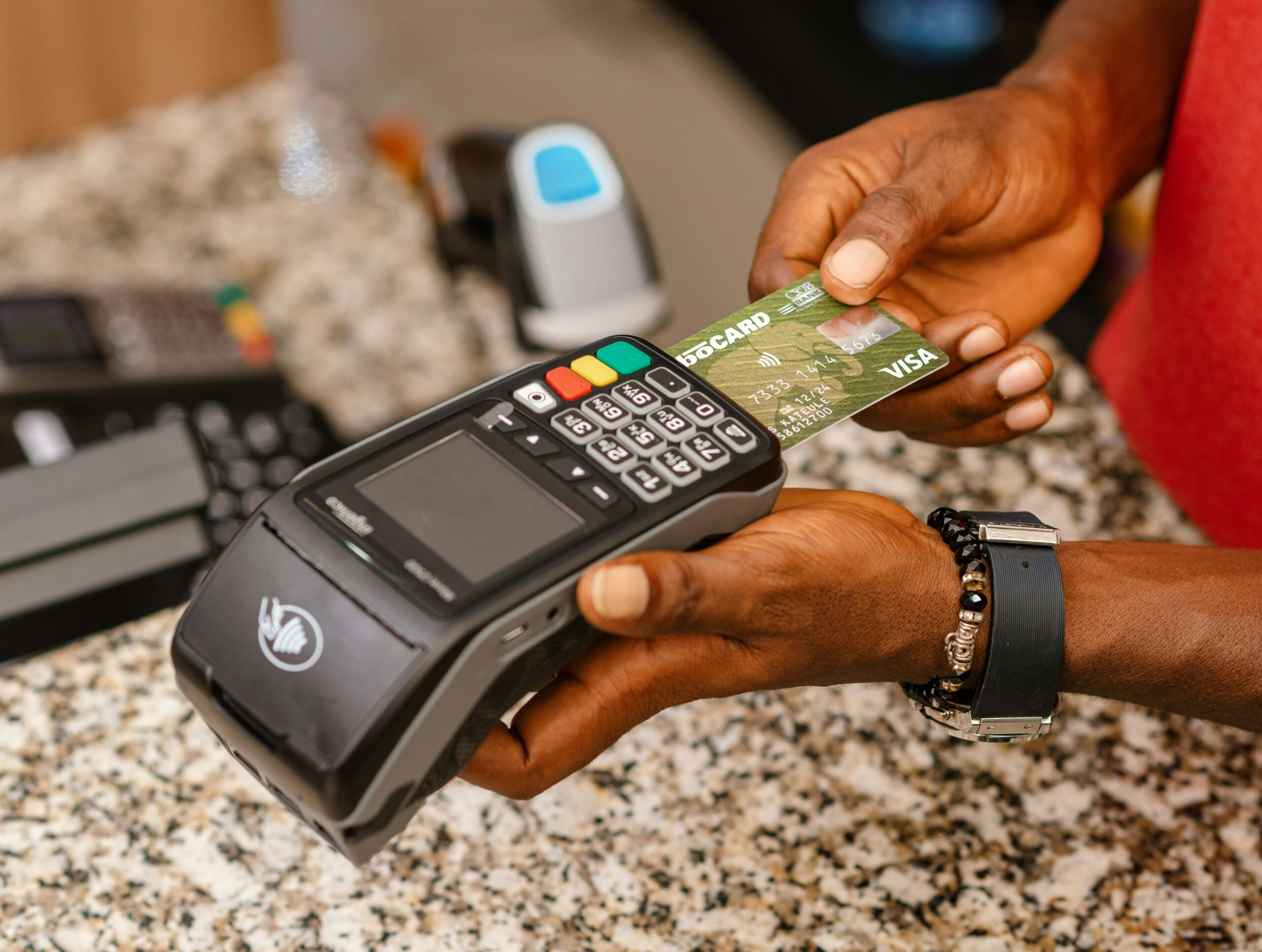One of the biggest myths in personal finance is that saving money is only for people who earn a lot. The truth is, saving is a habit, not a luxury—and it’s absolutely possible to build savings even if your income is tight. In fact, mastering the art of saving on a low income can be one of the most empowering steps you take toward financial freedom.
In this article, you’ll learn realistic, proven strategies to save money when every dollar counts.
Shift Your Mindset: Small Steps Matter
Before we get into tactics, start by shifting your mindset. Saving isn’t about stashing away thousands at a time. It’s about consistency.
- Saving $10 per week equals $520 a year
- Saving $1.50 per day adds up to over $540 a year
- It’s not about how much—it’s about doing it regularly
Start where you are. Every small amount saved puts you in a stronger financial position.
Step 1: Track Every Dollar You Spend
It’s hard to save if you don’t know where your money is going. For one full month, track every single expense—yes, even the $2 coffee.
Use:
- A notebook
- A spreadsheet
- Budgeting apps like EveryDollar, Goodbudget, or Mint
Once you have a clear picture, you’ll find areas to cut or reduce. Most people are surprised by how much they spend on things like snacks, subscriptions, or impulse buys.
Step 2: Prioritize Essential Expenses
Start with the basics—your needs, not your wants. These include:
- Rent or housing
- Utilities
- Groceries
- Transportation
- Insurance
- Minimum debt payments
Make a list of these fixed costs and ensure they’re covered first. Then, see what’s left to save and spend.
Step 3: Eliminate (or Reduce) Unnecessary Spending
Here are a few low-hanging fruits that can free up cash:
- Cut unused subscriptions: Music, video, fitness apps—cancel what you don’t need
- Switch to generic brands: For food, medication, cleaning products
- Limit takeout and delivery: Cook simple meals at home
- Downgrade phone plans or switch to a more affordable carrier
- Unplug devices and reduce electricity use to lower utility bills
These small tweaks, done consistently, add up.
Step 4: Automate Your Savings—Even If It’s $5
Treat saving like a bill that must be paid every month. Set up an automatic transfer from your checking to your savings account, even if it’s just $5 per week.
Why this works:
- You won’t “forget” to save
- You’re less tempted to spend the money
- You start building the habit
Pro tip: Use a separate bank for savings so it’s less accessible for impulse spending.
Step 5: Take Advantage of Community Resources
If your income is low, there may be resources available to help you save on essential expenses:
- Food banks or community pantries
- Sliding scale clinics or low-cost healthcare
- Utility assistance programs
- Public transportation discounts
- Free education or certification programs
- Library services (books, movies, internet, classes)
Use these services to reduce costs and redirect the money you save into your emergency or long-term savings.
Step 6: Increase Income with Small Side Jobs
Sometimes, there’s only so much you can cut—so it’s worth exploring ways to boost your income, even a little.
Here are a few simple options:
- Offer services like babysitting, dog walking, or tutoring
- Sell unused items online (clothing, electronics, furniture)
- Take online surveys or micro-tasks (like Amazon Mechanical Turk)
- Look for one-day jobs or gigs in your community
Every extra dollar earned is a chance to save or get ahead.
48 Side Hustle Ideas to Get You Started
Step 7: Set a Realistic Savings Goal
A big mistake is setting vague or overwhelming goals like “I need to save $5,000.”
Instead, aim for goals like:
- Save $50 in the next 30 days
- Save $500 in 6 months
- Save 5% of every paycheck
Track your progress with a visual chart or app, and celebrate each milestone you reach.
Step 8: Avoid Debt Traps
When money is tight, credit cards or payday loans may seem like a lifeline—but they often lead to more financial stress.
To avoid them:
- Build a mini emergency fund ($100–$500)
- Plan ahead for expenses like car repairs or school supplies
- Use a spending journal to stay aware of impulsive purchases
Debt limits your ability to save, so prioritize avoiding or reducing it.
Step 9: Use the Cash Envelope Method
The cash envelope method helps you control spending in categories like food, transportation, and entertainment. Here’s how:
- Withdraw a set amount of cash
- Divide it into envelopes by category
- When the envelope is empty, you stop spending in that category
This tactile method creates awareness and helps avoid overspending.
Step 10: Give Yourself Grace
Saving on a low income is not always easy—and that’s okay. There will be months when you can’t save much or when an emergency sets you back.
What matters is that you keep going.
Every time you choose to save instead of spend, you’re creating a more secure future for yourself. And that’s something to be proud of.
Read More: How to Build the Habit of Saving Money Consistently
Final Thoughts: You’re Stronger Than You Think
Saving money on a low income takes effort, creativity, and discipline—but it’s possible. By building habits, staying consistent, and focusing on progress (not perfection), you can create a financial buffer that grows over time.
You don’t need a big salary to build wealth—you need a plan and the will to follow it.











